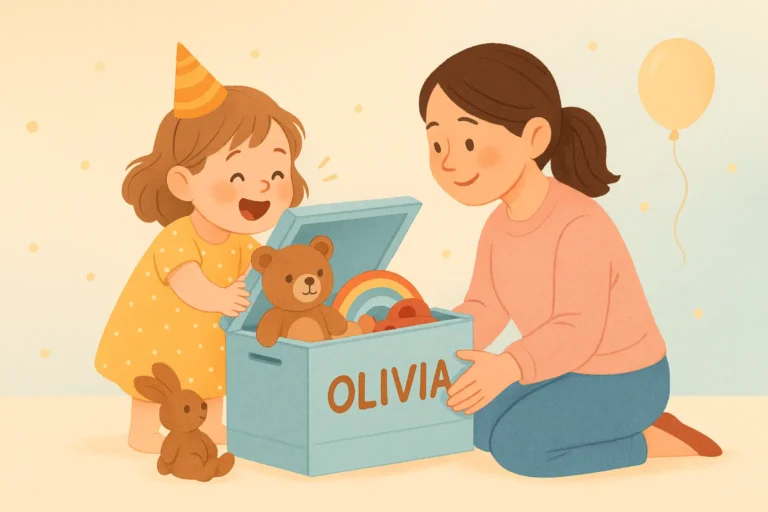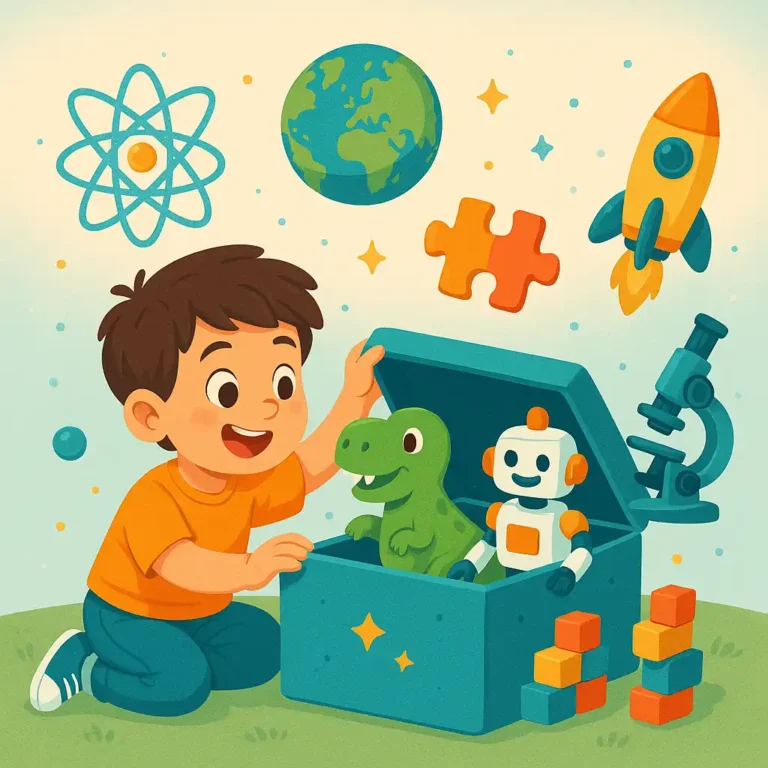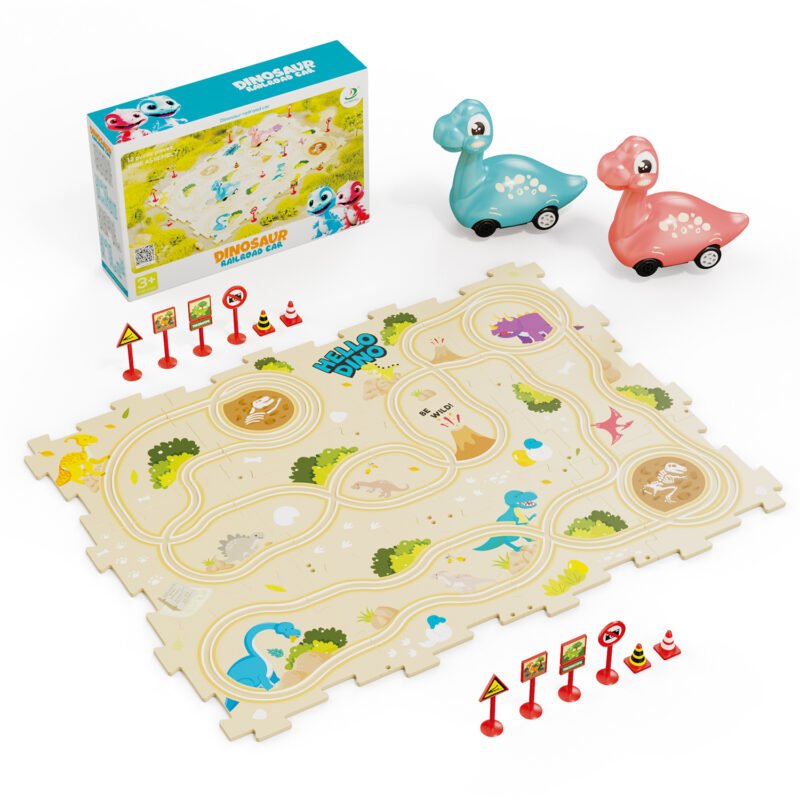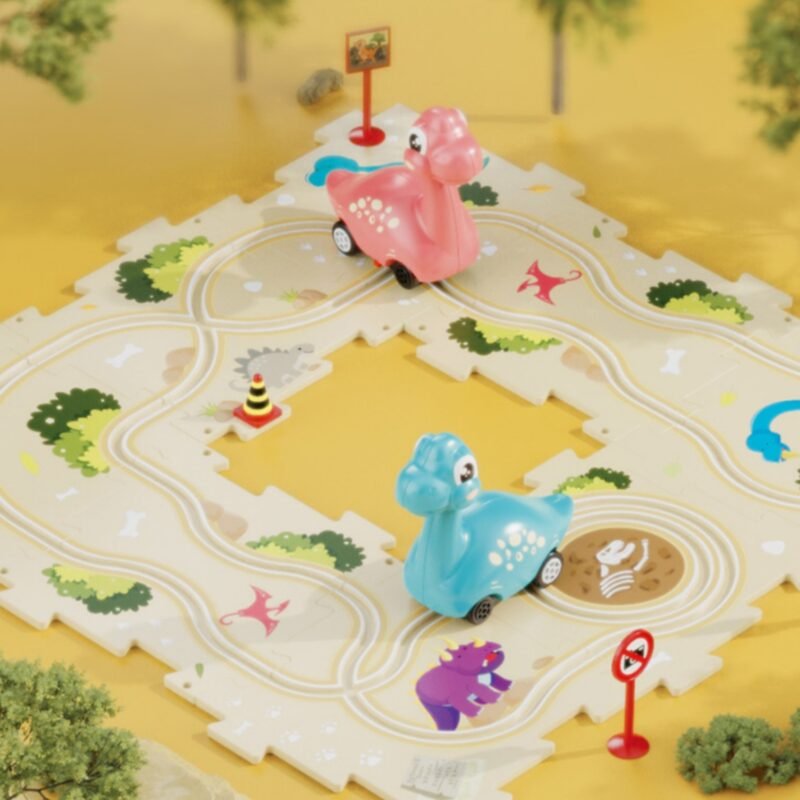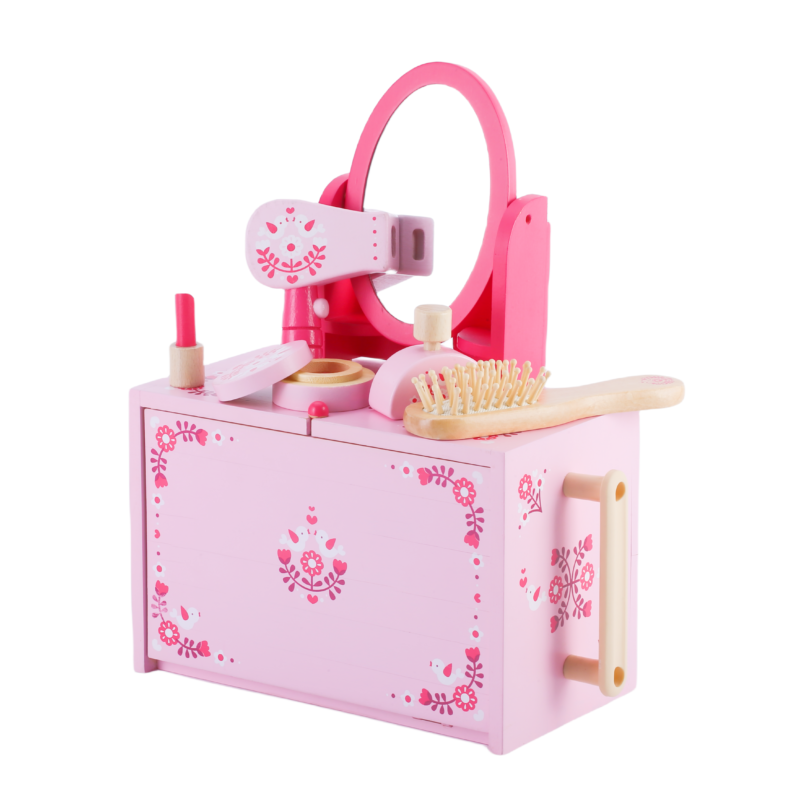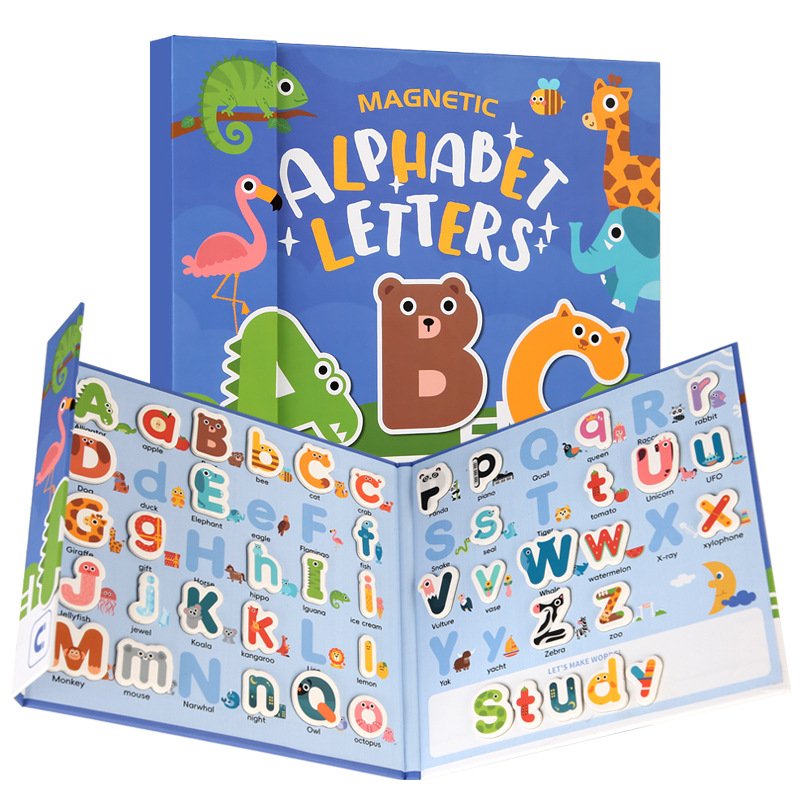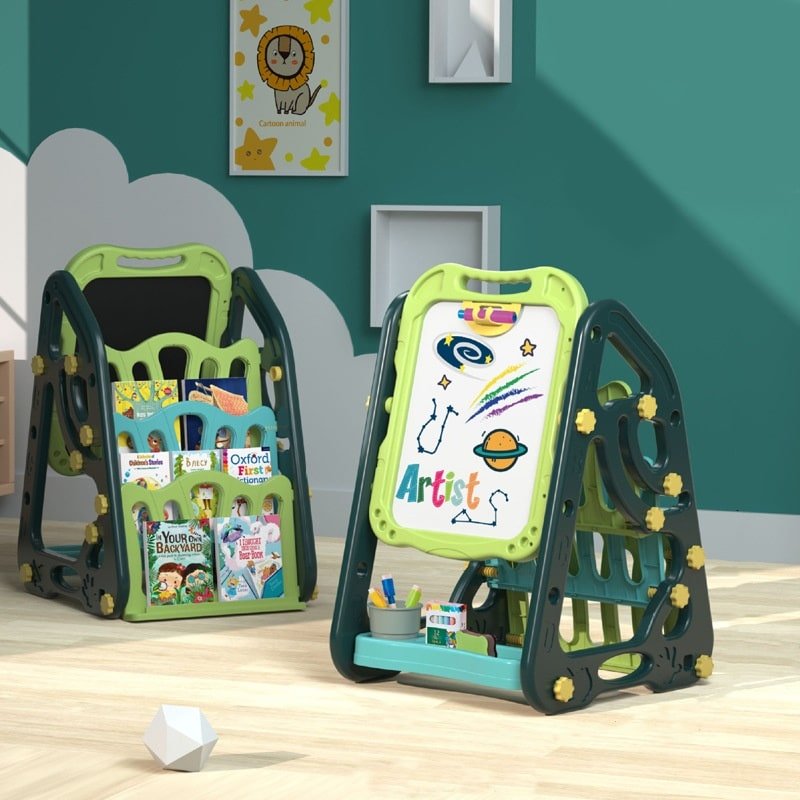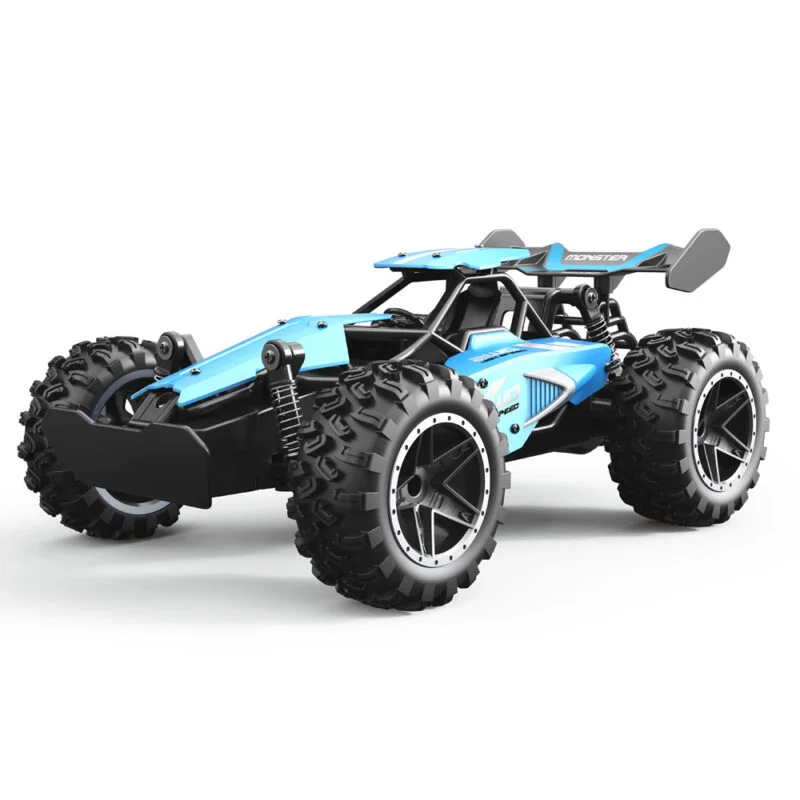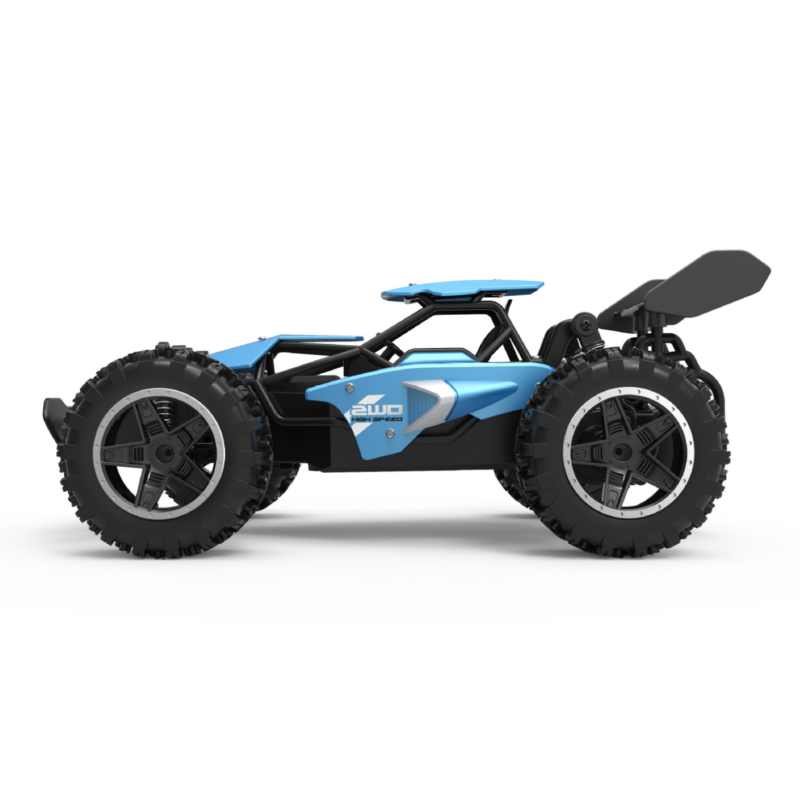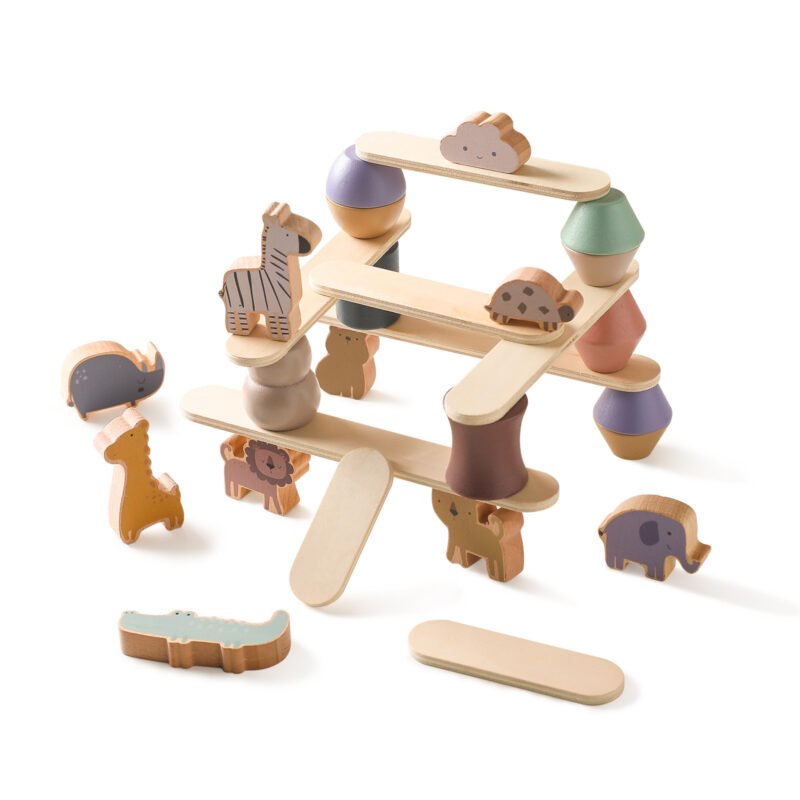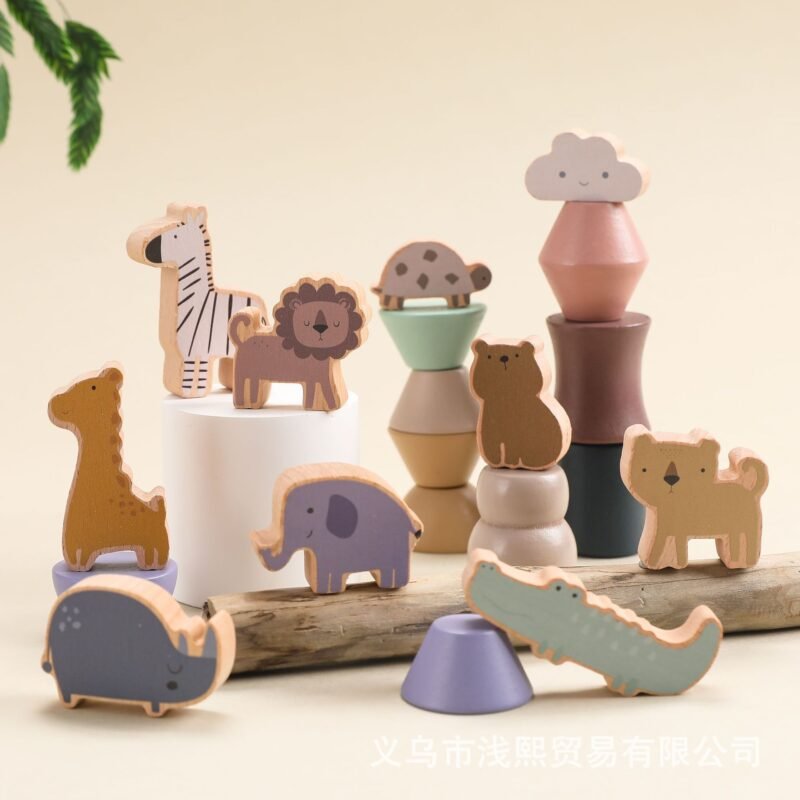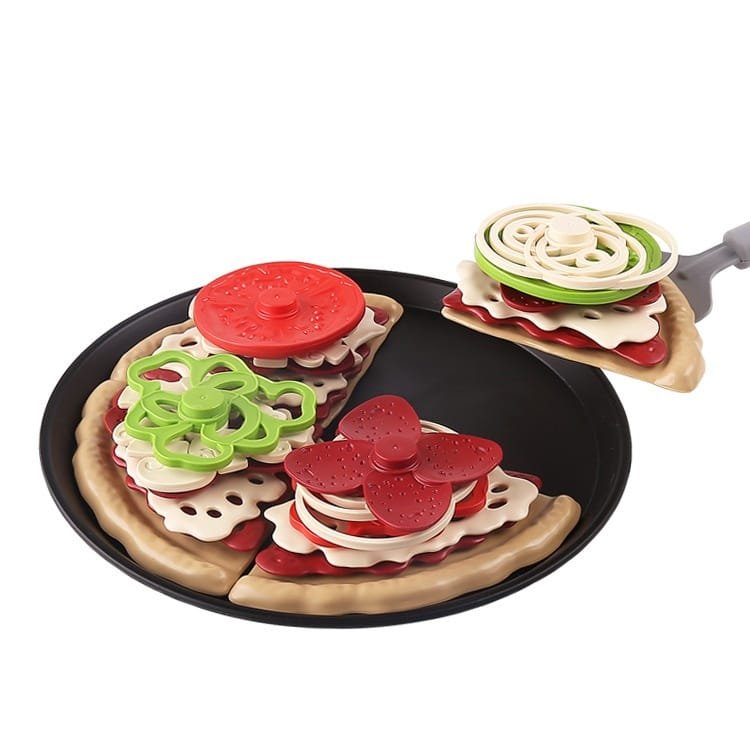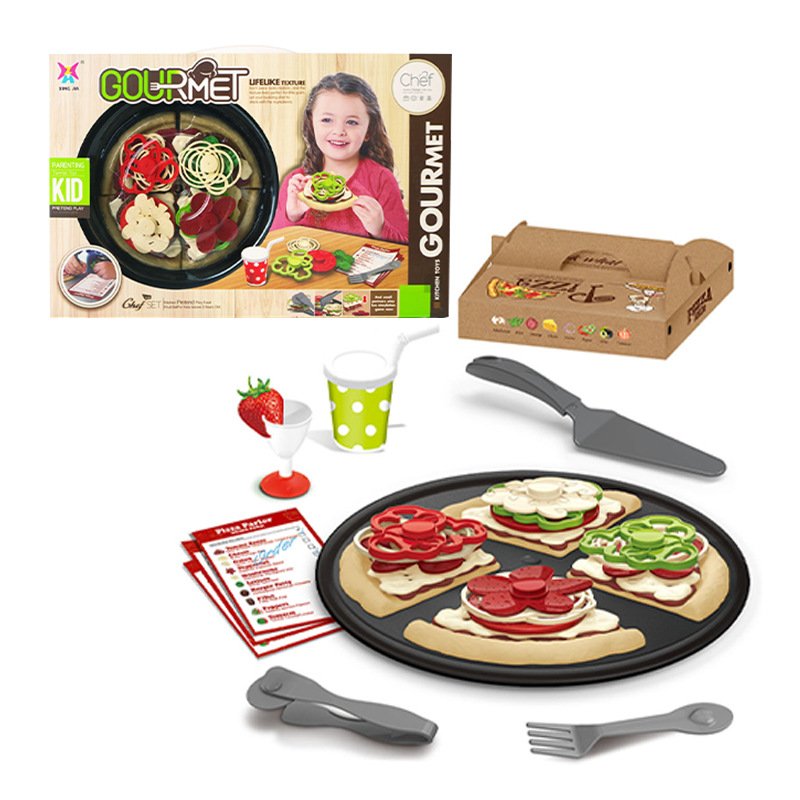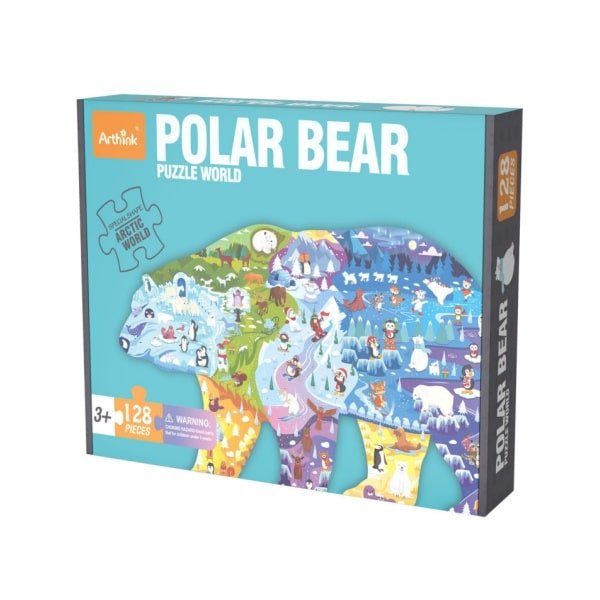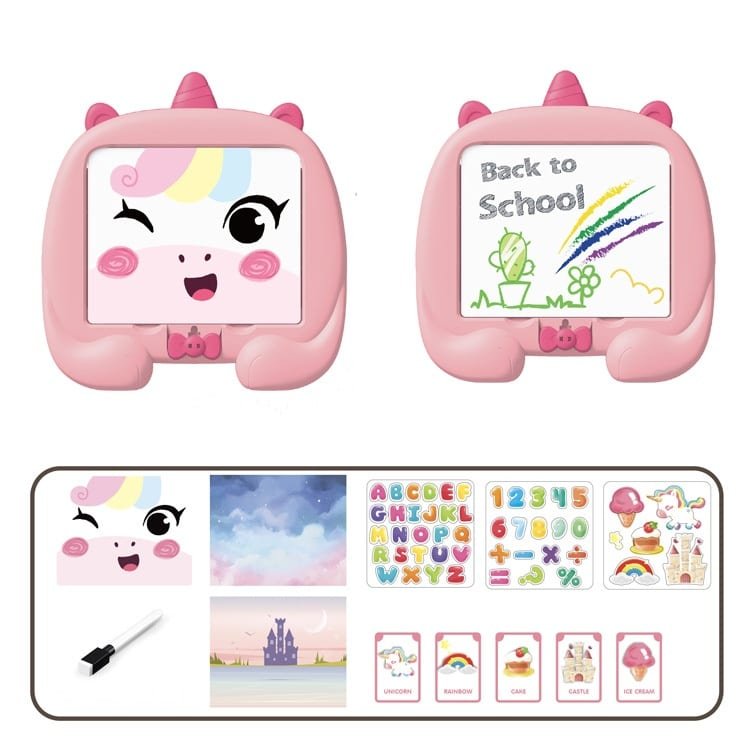Navigating the World of Plastic vs. Wooden Toys – A Parent’s Guide to Making the Right Choice
Hey there, thoughtful parents! Ever found yourself in the toy aisle, debating whether to pick up a colorful plastic toy or a classic wooden one for your little one? It’s a common scene, and the decision isn’t as straightforward as it might seem. In this article, we’re going to explore the world of children’s toys, focusing specifically on plastic (Polypropylene – PP) and wooden (Beech) options. We’ll dive into aspects like cost, material sources, durability, and much more to help you make an informed choice for your child’s playtime.

Source of Materials:
Plastic (Polypropylene – PP): Did you know that PP plastic is a child of the petroleum industry? Yep, it’s a product of fossil fuels. Its availability and price are tied to the often unpredictable oil market. This means that while it’s widely used and accessible, its production raises questions about sustainability and environmental impact.
Wood (Beech): In contrast, Beech wood comes straight from nature – it’s a renewable resource harvested from managed forests. The beauty of Beech wood lies in its sustainability, governed by responsible forestry practices. This approach ensures a continuous supply without depleting our precious natural resources.
Price of Raw Material:
Plastic (Polypropylene – PP): The cost of PP plastic is as diverse as the toys it makes. In 2024, prices range roughly from $0.98 to $1.52 per kilogram, depending on the region – that’s about $980 to $1,520 per ton. Affordable, right? This cost variation is influenced by factors like regional market dynamics and the availability of crude oil, from which PP is derived.
Wood (Beech): Now, let’s talk about Beech wood. It stands at about £1,568.89 per ton for air-dried and a bit more – £1,830.37 per ton, for kiln-dried. When we break it down, it’s approximately £1.57 and £1.83 per kilogram, respectively. In USD, we’re looking at around $2.06 and $2.40 per kilogram. A bit pricier than plastic, but there’s a reason for that, as we’ll see.
Durability:
Plastic (Polypropylene – PP): When it comes to durability, PP plastic is a tough contender. It’s renowned for its resistance to chemicals, moisture, and general wear and tear. Perfect for those active play sessions, right? But there’s a catch – it’s not so great under UV exposure and, importantly, it’s not biodegradable. This means those bright and colorful plastic toys could be around for a lot longer than we’d like in our environment.
Wood (Beech): Moving to Beech wood, we find a different kind of strength. Celebrated for its stability and robust nature, Beech wood is ideal for furniture and, yes, those timeless wooden toys. It’s less susceptible to the whims of playtime but does need a bit of care to prevent rot and damage from insects. Properly maintained, these wooden toys can last generations – a true legacy of childhood joy!
Production Efficiency:
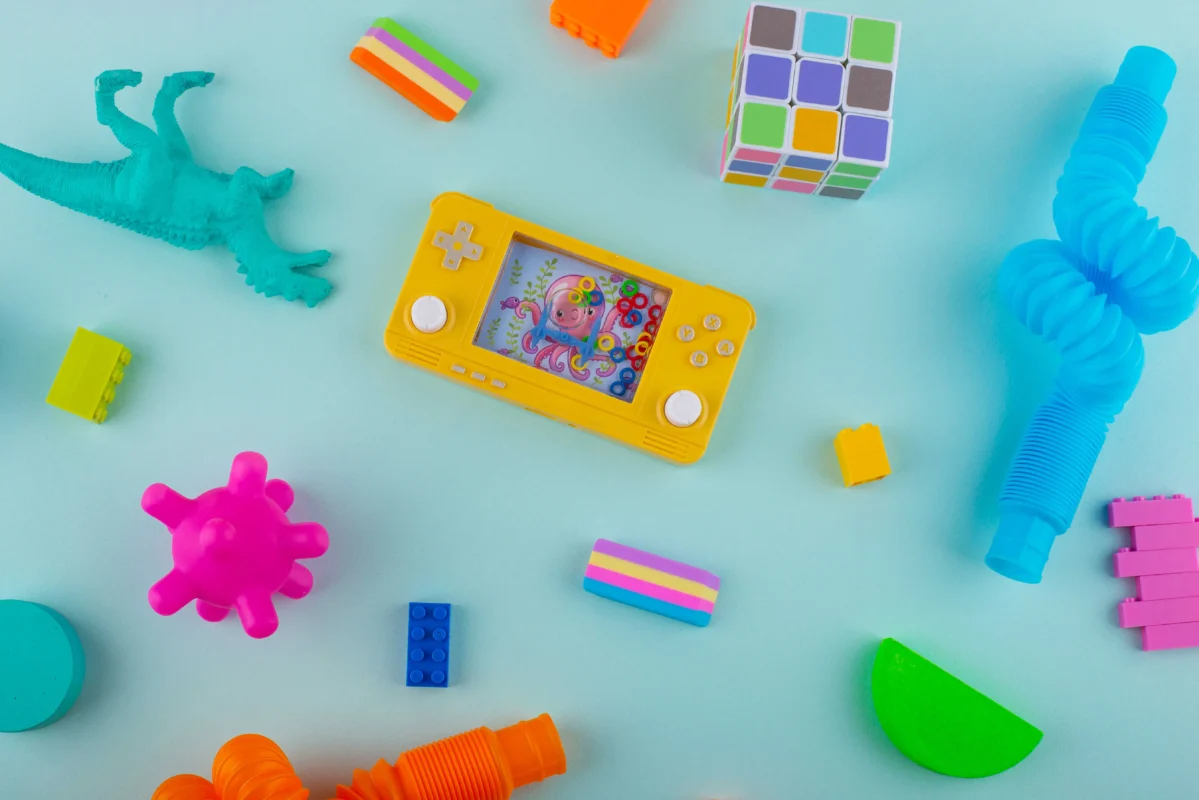
Plastic Toys (Polypropylene – PP): Let’s talk about making these toys. Plastic toy production is like a sprint – fast and efficient, thanks to injection molding. This method involves melting plastic pellets and injecting them into molds under high pressure. It’s a quick process, allowing for large quantities of toys to be made in a jiffy. Plus, the ability to create complex shapes and designs is a significant advantage, making plastic toys a hit in terms of variety and mass production.
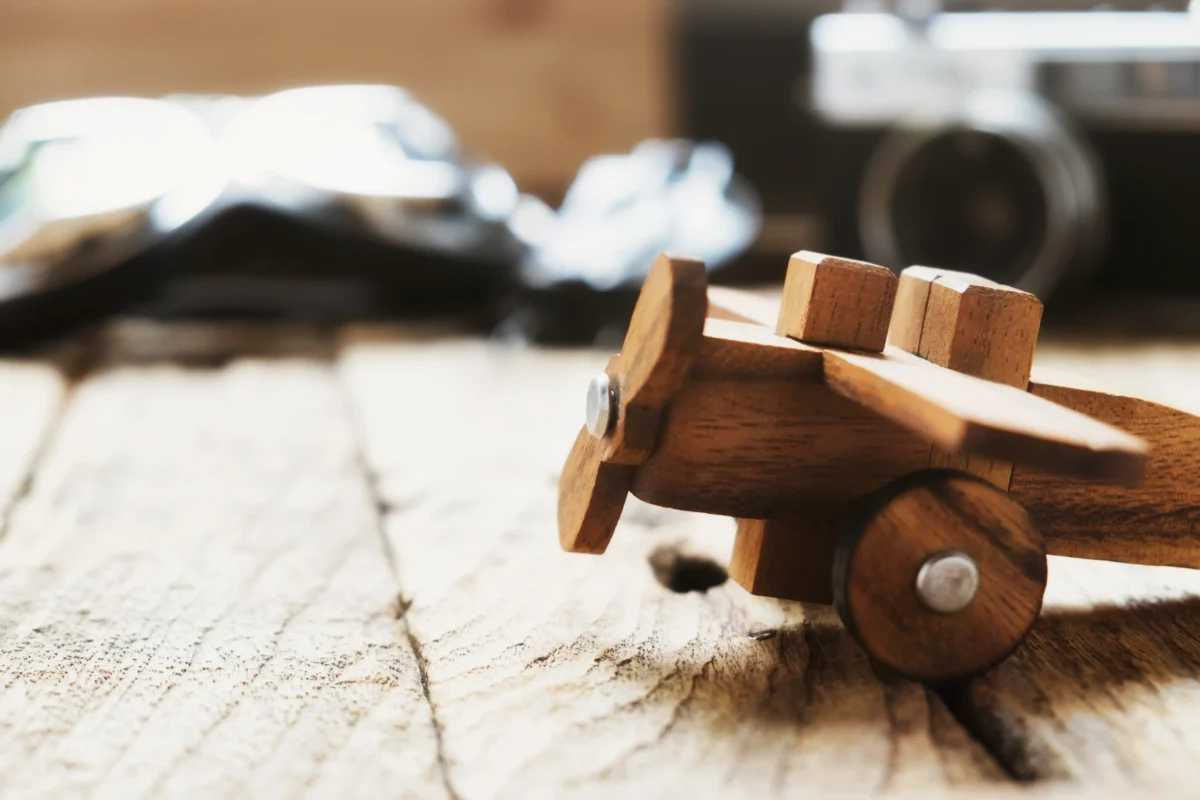
Wooden Toys (Beech Wood): Wooden toy manufacturing, in contrast, is more of a marathon. It’s a slower, more deliberate process involving cutting, carving, and finishing – often by hand. This craftsmanship brings a sense of uniqueness to each toy, but it also means that production is less about quantity and more about quality. Each wooden toy is a piece of art, requiring time and skill to create.
Let’s continue with our exploration into the fascinating world of toy manufacturing:
Material Usage Rate:
Plastic Toys (Polypropylene – PP): In the realm of plastic toy manufacturing, the efficiency of material usage is impressively high. The nature of PP allows for nearly all of the raw material to be utilized in the product, minimizing waste. What’s more, any excess material or defective products can often be recycled and reused, adding to the efficiency of the process.
Wooden Toys (Beech Wood): Wooden toy production tells a different story. Woodworking inherently produces some waste like sawdust and offcuts. Despite advances in technology that have improved wood usage, The material usage rate in wood processing is generally between 50% and 80%.
Weight Difference in Final Products:

The weight of a toy, influenced significantly by the material used, plays a crucial role in its usability and appeal. This is where the distinct properties of plastic and wood markedly contrast, especially in the versatility of form and required thickness in final products.
Plastic Toys (Polypropylene – PP): The inherent properties of PP plastic allow it to be molded into a wide array of forms, many of which are notably lightweight. For instance, a plastic board can be manufactured to be just a few millimeters thick without compromising its durability or function. This capability to produce thinner, lighter products is a fundamental advantage of plastic toys. It makes them particularly suitable for a variety of applications, where the ease of handling and reduced weight are beneficial, such as in toys for younger children or items that need to be frequently moved or carried.
Wooden Toys (Beech Wood): In contrast, wooden toys, while robust and durable, lack the same flexibility in terms of thinness and lightness. Wood, as a material, typically requires a certain thickness to maintain its integrity and functionality. A wooden board, for example, needs to be considerably thicker than its plastic counterpart to achieve similar strength and usability. This inherent characteristic of wood naturally leads to heavier final products. While this adds a sense of solidity and quality to the toys, it also means they are generally less portable and more suited to static play environments.
Plastic or Wood?
Both plastic and wooden toys have their unique advantages and drawbacks. Plastic toys are cost-effective, versatile, and lightweight, making them a popular choice for many parents. Wooden toys, offering durability, a tactile experience, and an eco-friendly option, cater to those seeking sustainable and educational toys.
Ultimately, the choice between plastic and wooden toys depends on what values and experiences you want to bring to your child’s playtime. Whether it’s the colorful and diverse world of plastic toys or the natural, simple charm of wooden toys, both can bring joy and learning to your child’s life.
Sources:
https://www.cdn-inc.com/plastic-injection-molding-process/—Plastic Injection Molding Process



